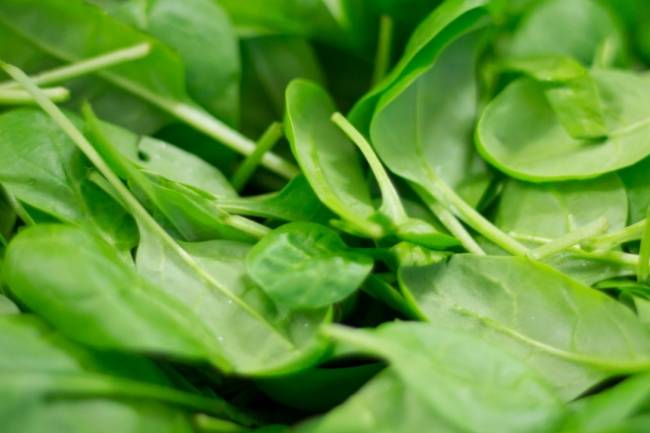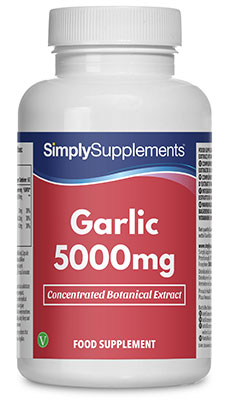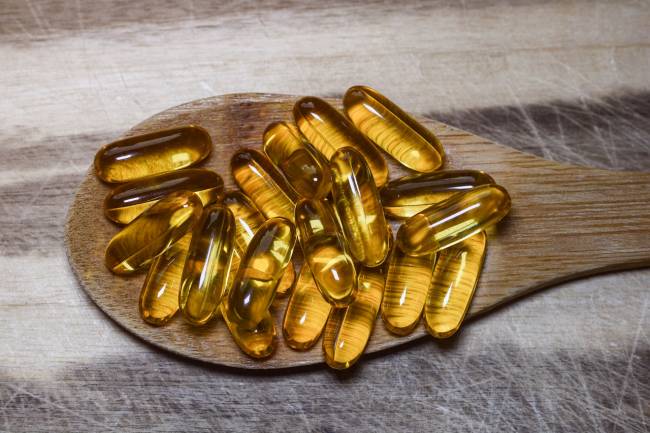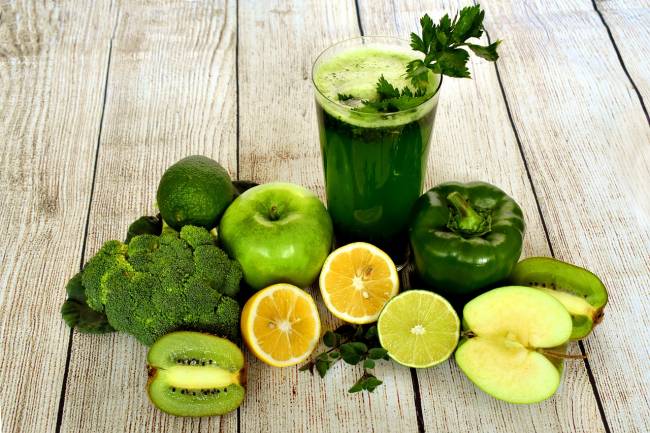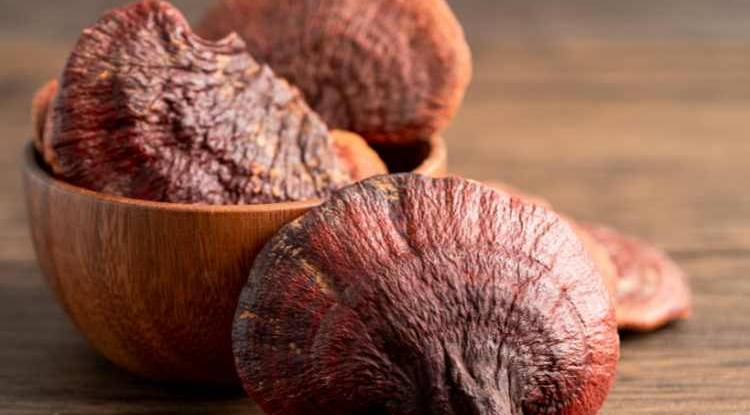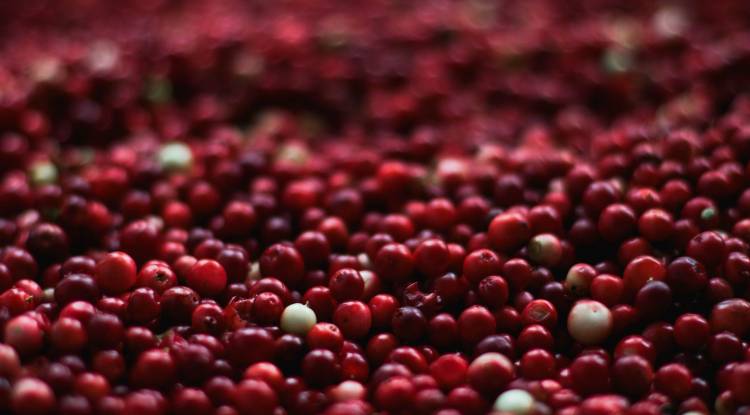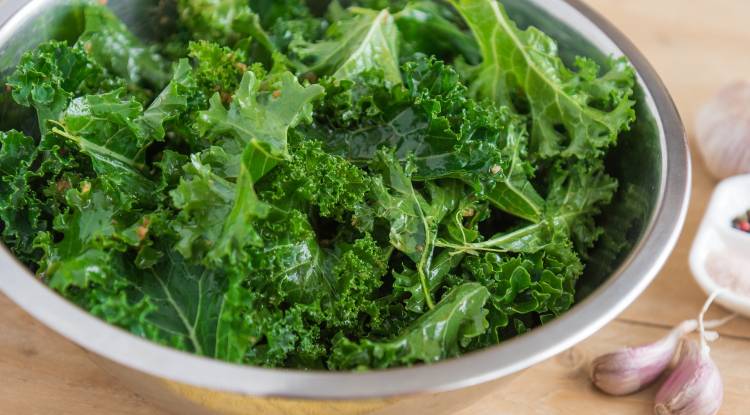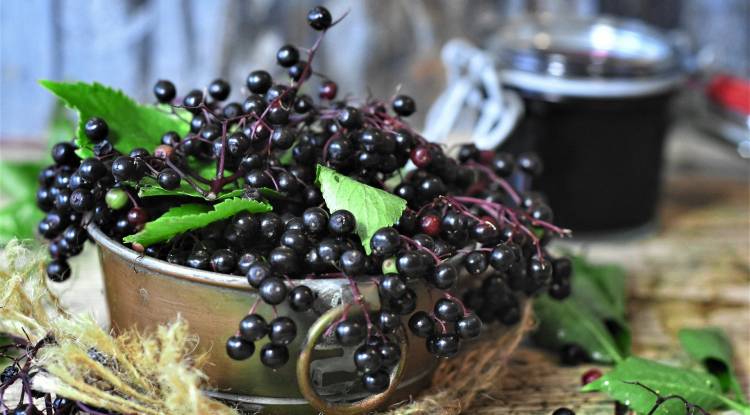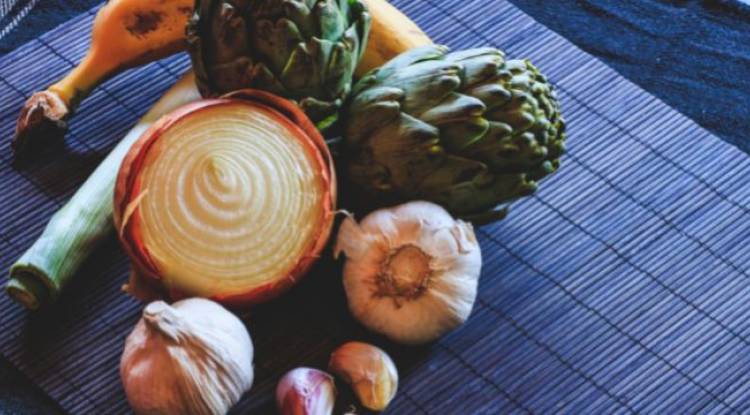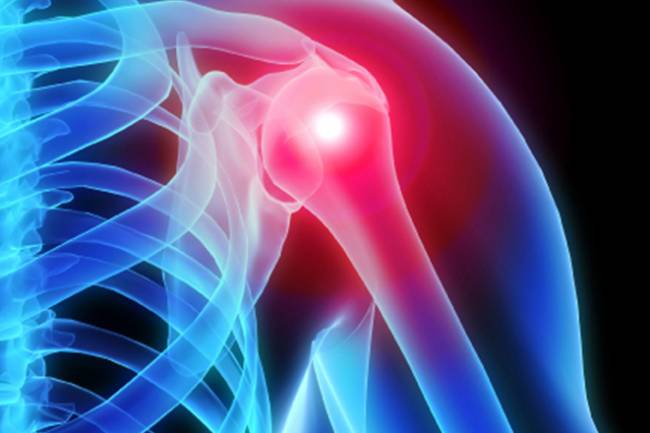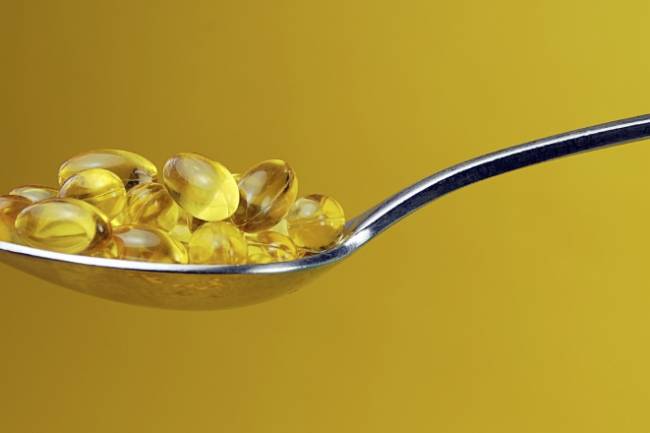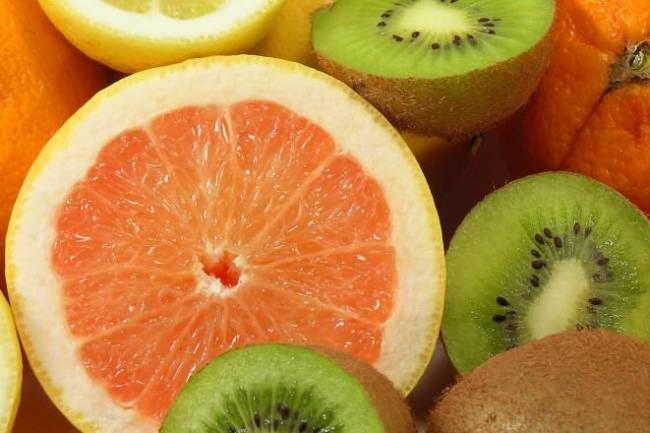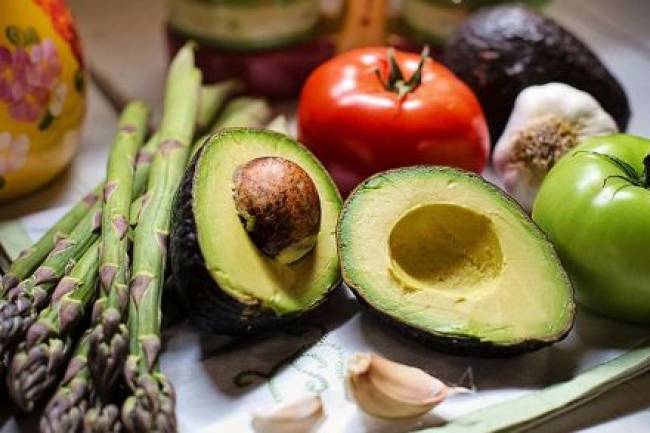Health Benefits of Garlic
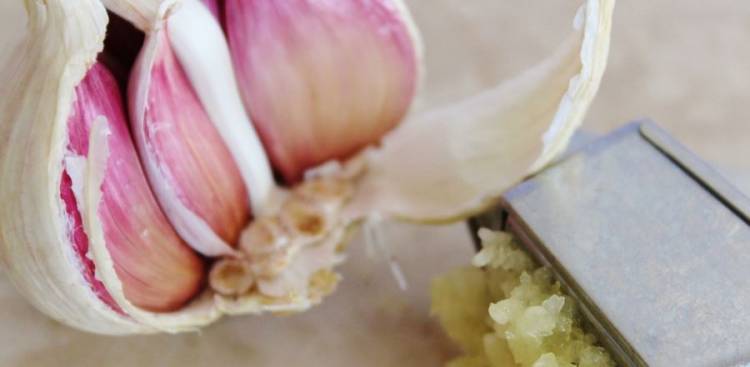
Everyone knows that garlic is a delicious addition to a range of popular meals, used the world over. But did you know the bulb holds many medicinal benefits, and that we’ve known about them for thousands of years? Here’s some food for thought next time you grab the last piece of garlic bread…
Historical Uses
Use of garlic in medicine dates back as far as the Sumerians and ancient Egypt, from there spreading into Asian countries. China used it to alleviate ailments such as depression and parasitic infection. India put it in tonics to treat a huge range of conditions, including various skin conditions and simple, common illnesses like colds and coughs. During the renaissance even more attention was paid to its medicinal use and the huge amount of conditions it could support.
What’s interesting about these and other cultures’ use of garlic is that much of it is now supported by modern scientific evidence. Fighting funguses, quelling aching hearts and relieving colds have been examined, with positive results. So let’s look at how modern medicine explains its properties and how they work on the human body.
Allicin
A lot of the healing abilities of garlic can be traced back to a unique compound, called allicin. This is formed when garlic is crushed or chopped and is the reason behind its familiar and much-loved aroma. Allicin is also unstable, breaking down after about a day at room temperature.
Many garlic supplements will contain alliin, which is converted into allicin in the body thanks to the action of enzymes. This gives the capsules much less odour and flavour than fresh garlic.
A lot of the research into garlic and health either specifically looks into allicin or mentions it, because of how unique it is to the plant. So what health issues, exactly, can garlic support?
Blood Pressure
Ancient Israel used garlic to help relieve blood pressure, and that property now has modern research backing up those claims.
A range of garlic types and its extract have been tested for their ability to lower blood pressure, and the results are positive. One study, which used a “popular garlic preparation containing 1.3% allicin,” found that it lowered the blood pressure in those with severe hypertension. What’s particularly interesting is that these effects were observed between five and fourteen hours after doses, though this study used a larger 2,400mg dosage – many supplements contain around 500-1000mg.
A number of other studies back up this particular conclusion, that garlic can help ease hypertension. For the broader population, a 2008 piece of research looked into the pressure-reducing characteristic against participants both with and without elevated blood pressure levels. They found that garlic did not reduce pressure levels in those with already low or normal levels. So while garlic can help hypertensive patients, if your pressure levels are okay then your benefits might be found elsewhere, such as…
Lowering Cholesterol
Continuing with heart health, garlic can assist with cholesterol levels in the cardiovascular system. This not only means decreasing the levels of low-density lipoprotein – the “bad” type of cholesterol – but also encouraging higher amounts of high-density lipoprotein – the “good” cholesterol. A 2004 study in the Journal of Nutritional Biochemistry found these positive trends in participants after 4 months of using garlic extract. Additionally, they also discovered that the extract lowered levels of triglycerides; fats in the blood that can cause heart disease at higher levels.
A 1993 meta-analysis (research that looks into multiple studies on a particular subject) found that five adequately-researched studies had correlations between taking “an amount approximating one half to one clove [of garlic] per day” and cholesterol levels being significantly reduced. These studies, though, focused on those with heightened levels, similar to the previous research into hypertensive patients. This may suggest again that those with high cholesterol may see the greatest benefits from taking garlic daily, though none of the research truly discounts its ability to maintain lower levels.
Boosting the Immune System
A known property of garlic throughout its history of use, the bulb and its supplements can give your immune system an extra boost to help fight off illness. As mentioned previously, ancient Indian pharmacists used garlic to help fight the common cold – these claims have been backed up by a 2001 study. Examining 142 participants over a 12-week period, each were given either a garlic supplement containing allicin or a placebo. They found that the group taking supplements had significantly fewer colds and, if infected, recovered much faster than the placebo group.
Once again, it’s allicin that proves to be a boon to the human body. The compound, amongst others found in garlic, has been shown to “induce a variety of immunomodulatory activities” in the production of cells that support leukocytes, a type of white blood cell. The research article that states this, though, warns about the manufacturing processes of different garlic supplements (powders, tablets, oils, etc.) and how the composition between each can differ. Of course, if in doubt, you can’t go wrong with fresh garlic.
It’s not just viruses that garlic can help fight, either, as it also has…
Antimicrobial Effects
Once again, it’s the doctors and apothecaries of old that lead the way, with ancient Egyptians applying crushed garlic directly to wounds as a way to clean them. Even today, there are home remedies to fungal infections like ringworm and athlete’s foot that used chopped fresh garlic. We do not recommend these remedies and would advise against them.
A 2014 study looked at garlic’s ability to fight skin infections caused by MRSA strains, alongside silver nanoparticles; the results showed a strong synergistic effect. Another study looked into garlic’s ability to combat microbes in the intestines, which concluded optimistically that both garlic powder and oil should be examined further for their potential to control intestinal diseases.
Much of the research into the antimicrobial effects has been conducted “in vitro” – in test tubes or petri dishes on a microscopic scale. There are positives and negatives for this kind of testing, but the foundations for “in vivo” testing – on living subjects – is building up, meaning more conclusive, quantitative results on its effects on humans. Aside from what’s been written about in centuries-old healing guides, anyway.
Cancer Protection
One major claim by those who believe in the health potential of garlic is that it can stave off many forms of cancer, including those found in the colon, intestines and stomach. This is a bold claim, to be sure, but the science behind it may at least back up some of these boasts.
One study discovered that diallyl sulfide, a compound found in garlic, could reduce the frequency of cancer in the lining of the rectum and colon in participants. Another found that the antioxidants in garlic reduced the growth rate of tumours. There’s a huge amount of research into the subject, epitomised by one particular piece from 1997 saying that garlic may be one of the most potent preventative foods effects against cancer.
This issue with the research in this area is that it’s mainly conducted either in vivo or with mice, at least when it comes to directly testing its effect on tumours. Much of our knowledge comes from studying the chemicals within garlic and testing each individually, which is slow. Saying this, our current evidence is enough to convince major bodies like the National Cancer Institute in America to recognise garlic as a vegetable with “potential anti-cancer properties.”
Garlic as an Antioxidant
Another form of cell damage – oxidative stress – can also be curbed by garlic. This is because research has shown that it has antioxidative effects, protecting the body on a molecular level from free radicals.
Allicin has been identified to be a strong antioxidant. One particular study from the Journal of Nutrition states that aged garlic extract’s antioxidative effects protect against “oxidant-mediated brain cell damage,” which can lead to larger issues such as strokes and Alzheimer’s disease. Research states that the brain is particularly sensitive to oxidative stress damage, so those small cloves may work to keep you sharper for longer.
Dosage
The popular standpoint on taking garlic is that between half to a whole clove a day can be beneficial to health. This is particularly true for its preventative abilities, whether it’s protecting against colds or cancer. Garlic powder can also be sprinkled liberally into food for health benefits, as many tests found positive results at between 1000-2500mg (half a teaspoon of powder).
Garlic supplements come in various milligram dosage sizes, which can seem confusing. The most common dosage size is between 500-1500mg – up to 2500mg could be considered a large dose. However, 5,000mg garlic extract supplements do exist and can be safely taken in accordance to their instructions, if you’re looking for the most effective supplement.
For skin conditions, there’s no strong evidence to show that applying fresh garlic to a problem area will be more effective than other remedies. It can, in fact, be very harmful if performed incorrectly – look for gels that contain ajoene, an extract of garlic that contributes to its antifungal characteristics.
Side Effects
Garlic is considered to be a safe supplement to take regularly, whether it’s fresh or in a capsule. Of course, there are some conditions where you may wish to consider when taking regular of garlic, especially in larger doses. Those with digestion or stomach issues should ask a doctor whether they’re okay to take it, as it can cause nausea, gas and heartburn in its raw form.
In the higher dosage supplements, it’s recommended to stop taking them while breastfeeding children. There’s no concrete proof, but it’s suspected that garlic in high quantities may be harmful to young children – it’s better to err on the side of caution in this case.
Raw garlic should not be applied to the skin despite its antimicrobial effects: one woman severely burnt her toe bathing it in garlic, hoping to cure her Athlete’s Foot. Regular intake of fresh garlic will lead to its famous side effects of pungent body odour and breath – make sure you follow it with breath mints and you can have the best of both worlds.
Conclusion
After thousands of years, the uses of garlic by doctors and healers of the past have proven to be grounded in reality, as proven by scientific study. There is enthusiasm for garlic as a preventative health supplement, both in the mainstream media and in academia. On paper it seems like an incredible little bulb: helping blood pressure, heart health, immunity, guarding against cancer and numerous other benefits. All while tasting delicious, too.
Even if you’re not a fan of the taste, there’s odourless supplements where you can get all the benefit without the flavour.
Sources:
https://www.bbcgoodfood.com/howto/guide/ingredient-focus-garlic
https://www.healthline.com/nutrition/11-proven-health-benefits-of-garlic#section1
https://www.webmd.com/vitamins/ai/ingredientmono-300/garlic
https://www.ncbi.nlm.nih.gov/pmc/articles/PMC4103721/
https://www.ncbi.nlm.nih.gov/pmc/articles/PMC3249897/
https://academic.oup.com/jn/article/131/3/1075S/4687073
https://www.ncbi.nlm.nih.gov/pubmed/11697022
https://www.ncbi.nlm.nih.gov/pubmed/25961060
https://www.ajol.info/index.php/amhsr/article/view/112360
https://aem.asm.org/content/67/1/475.short
https://www.emeraldinsight.com/doi/abs/10.1108/00346650710749071?journalCode=nfs
https://www.liebertpub.com/doi/abs/10.1089/jmf.2004.7.327
https://onlinelibrary.wiley.com/doi/abs/10.1002/j.1875-9114.1993.tb02751.x
https://journals.sagepub.com/doi/abs/10.1345/aph.1l319
https://europepmc.org/abstract/med/8169881
http://annals.org/aim/article-abstract/668740
https://www.sciencedirect.com/science/article/pii/S0955286304000403
https://academic.oup.com/jn/article/131/3/1010S/4687113
https://www.ncbi.nlm.nih.gov/pubmed/23292331
https://www.ncbi.nlm.nih.gov/pubmed/23195589
https://academic.oup.com/jn/article/131/3/1032S/4687048
https://academic.oup.com/carcin/article-abstract/8/3/487/2391959
https://www.ingentaconnect.com/content/ben/ccdt/2003/00000003/00000001/art00006
https://www.cancer.gov/about-cancer/causes-prevention/risk/diet/garlic-fact-sheet
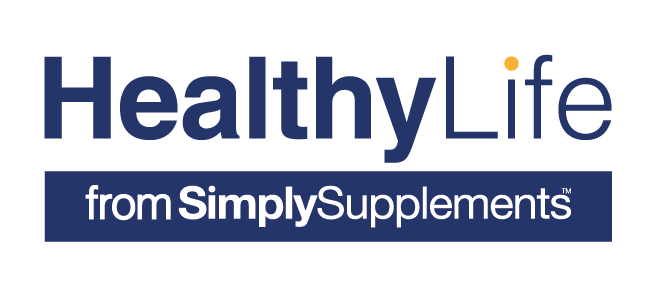
 Nicole
Nicole 